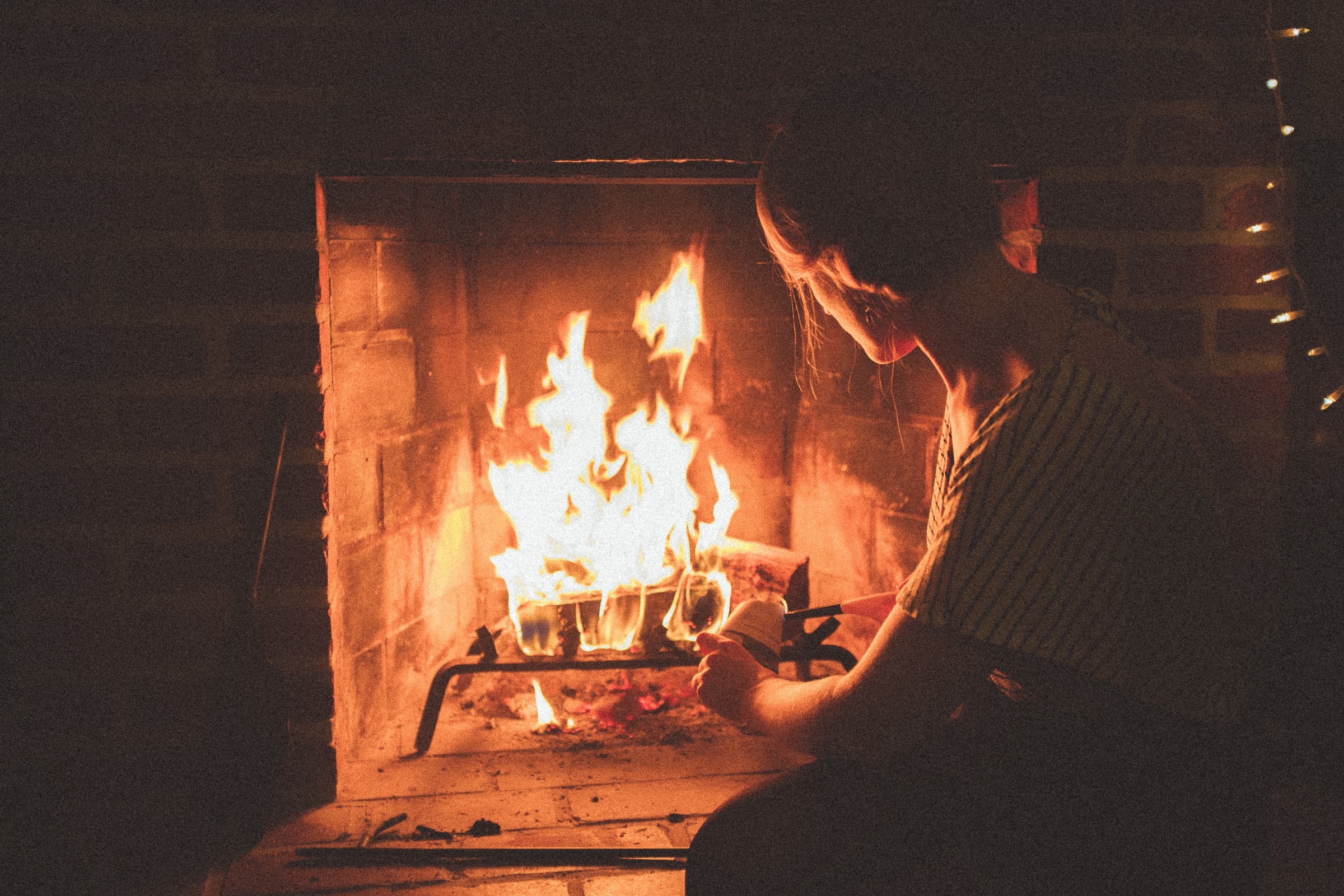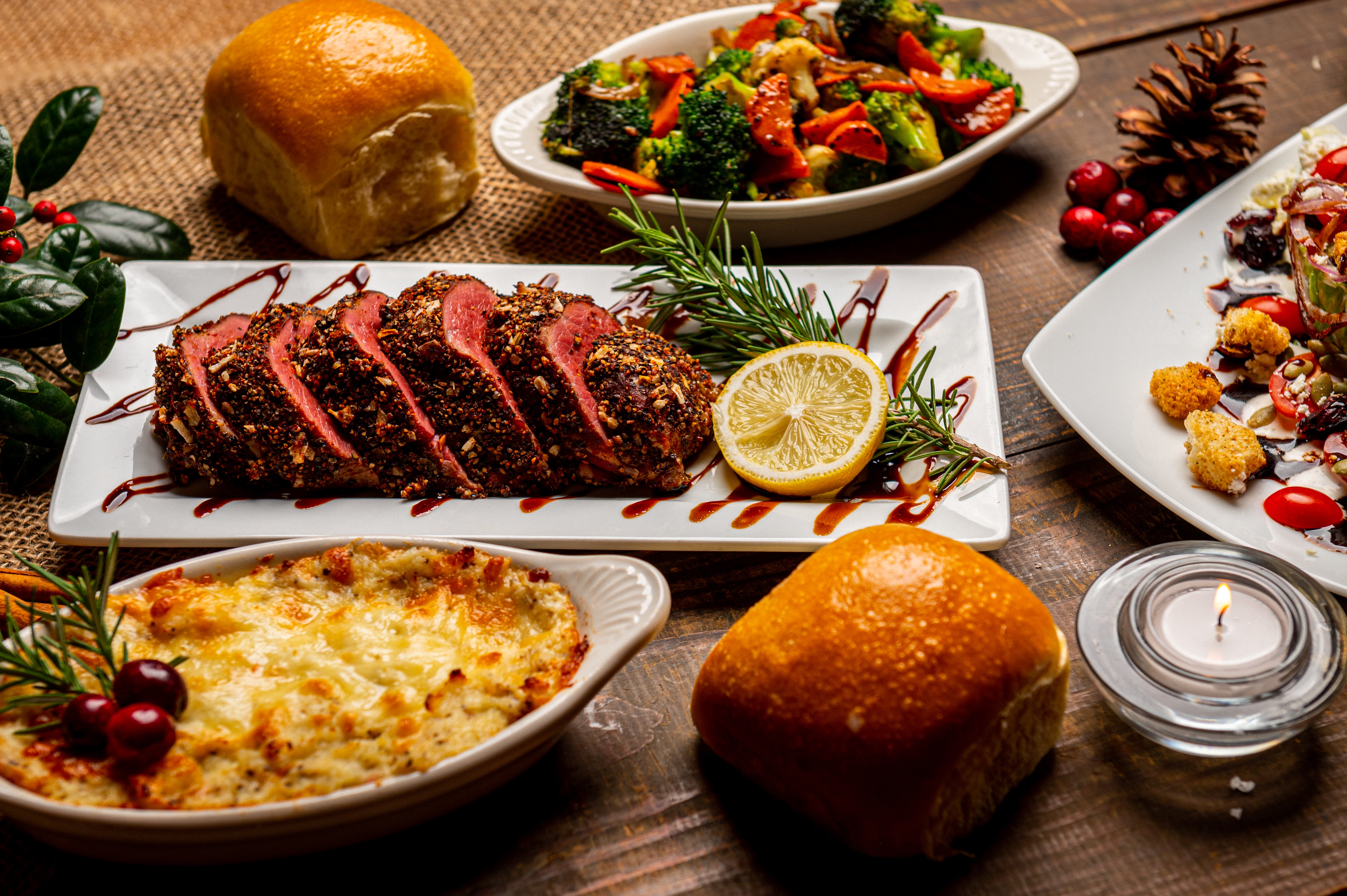New Year
The most important holiday of Creationism all over the world, the first day of the aignaoi year celebrates the birth of the first shapeshifter, Saint Naomh.
Myth
According to Saint Ogma's records (see Gift of the Serpents and the First Shapeshifter), approximately 2500 years ago, the aignaoithe were on the brink of death in the wake of the War of the Night. Desperately, huddled in the Cavern at the Top of the World, they prayed for a miracle. For years they waited (either 14 or 140 years, according to tradition). Finally in answer, the Creator molded a dragon out of clay and crafted her veins to run with heavenly fire from His own forge, which gave her the ability to manipulate the work of His hands with her own. The Creator then declared that a portion of all aignaoithe born in the future would be of this great blood. Thus Saint Ogma set the first day of the calander to the shortest day of each year to remember the great darkness that was before the gift of shapeshifters.History in Crathlia
This holiday was brought to Crathlia first by the the Eight and then by the colonizing shapeshifters, being firmly established by the rather devout High Lord Seanán. He and his fellow colonizers borrowed and repurposed traditions from the pre-colonial Crathlian winter solstice celebrations. Highly emphasized was that the part-dragons had this blessed blood running through their veins too (and that the great challenger of the serpents was given the gift of a human body!), and it was partially for this reason that the holiday and the religion it was attached to (Aignaoi Creationism, which would later evolve into Crathlian Creationism) remained even after the shapeshifters' fall. It is one of Crathlia's most beloved holidays, after Harvest.Written by Cordelia Colbreak Evenbrook





Comments